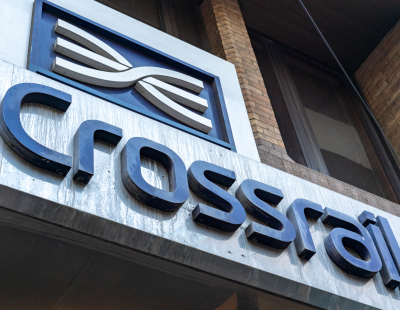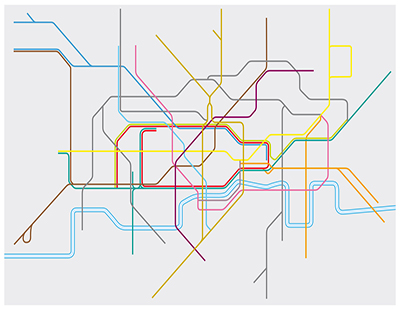London’s new Crossrail, a railway line spanning from Reading and Heathrow in the west to Shenfield and Abbey Wood in the east, was always expected to push up residential property prices along the route, but a new report has revealed that homes close to stations have already increased sharply even though the new Crossrail route is not due to open until next year.
Fresh research from Lloyds Bank shows that properties close to stations which are to be served by London’s new Crossrail route have already seen a price increase of more than a fifth on average over the two years in anticipation of the new line.
The new service – named the Elizabeth Line – will begin operating in May 2017, although the full service will not be operational until December 2019.
Prices have increased by an average of 22% from £344,242 in 2014 to £420,798 in 2016, compared to an average 14% growth for surrounding local authority areas and a 13% rise for Greater London.
Of the 33 stations surveyed along the route, 28 have seen average home price growth for properties in the same postcode sector outpace the average house price growth for the surrounding local authority areas – 14% - over the past two years.
Residential properties in Abbey Wood and Forest Gate, which are both to the east of London, have seen the biggest prices increases.
Abbey Wood is up 47% from £197,077 to £288,789, whilst Forest Gate has increased by 46% from £330,680 to £483,362.
West Drayton has also seen values climb by 46% from £249,790 to £363,849.
Towards the west of London, homes in the Burnham area have seen their average house prices surge by 40%, followed by Slough at 34% and Maidenhead at 32%.
The most expensive area on the new route is Paddington, where the average price of a home is just over £1m.
To the east of London, homes close to Shenfield are the most expensive (£659,675), and to the west, Langley costs the most (£589,157).
Andrew Mason, Lloyds Bank's mortgage products director, said: “Crossrail promises to connect towns in Berkshire and Buckinghamshire to Essex and south-east London, via the centre of the capital, by offering a frequent and fast service which will integrate with the existing Underground network.
“This will clearly prove attractive to many commuters, as the new service will make it much easier to reach key destinations such as the City of London, Canary Wharf and Heathrow Airport.
“Even though we’re still three years away from the launch of the full service, the Crossrail effect is already having a positive impact on house prices near stations on the Elizabeth Line. It will be interesting to see how these grow further between now and the service becoming fully operational in December 2019.”




/ElizabethLine2-400x310.jpg)




.png)









Join the conversation
Be the first to comment (please use the comment box below)
Please login to comment